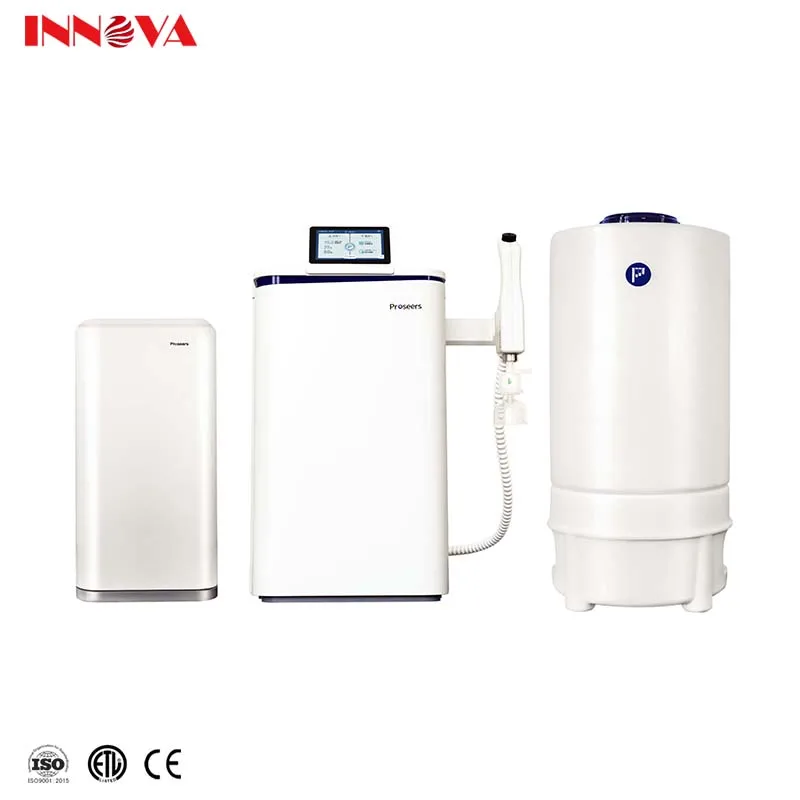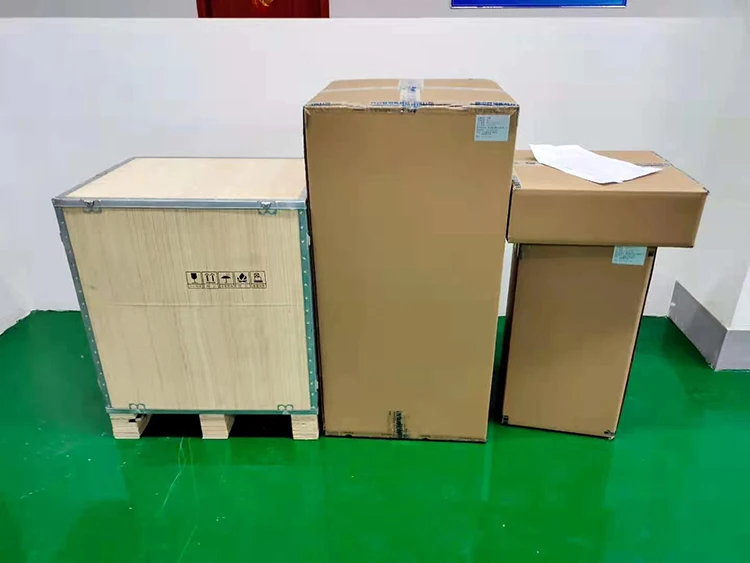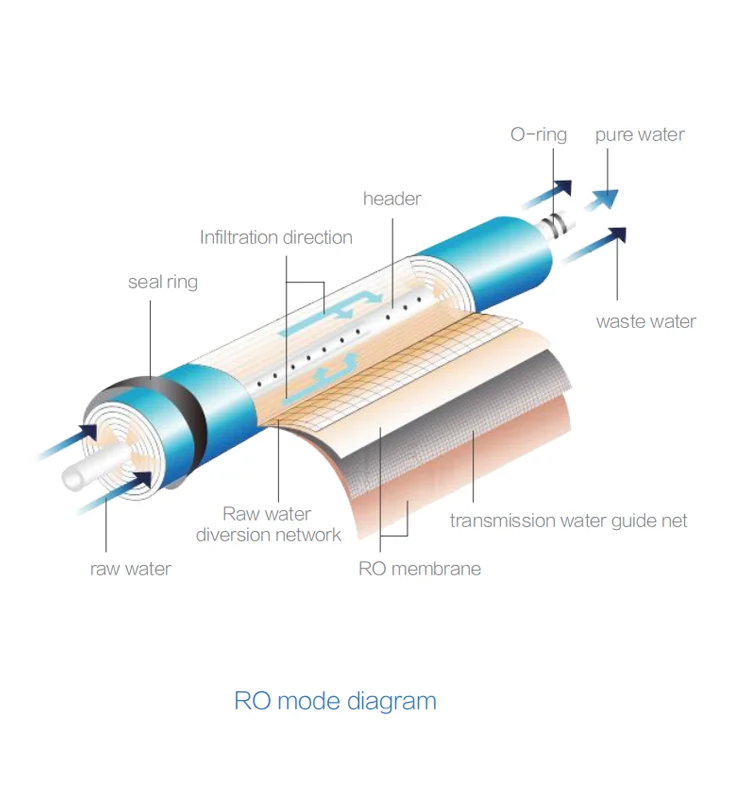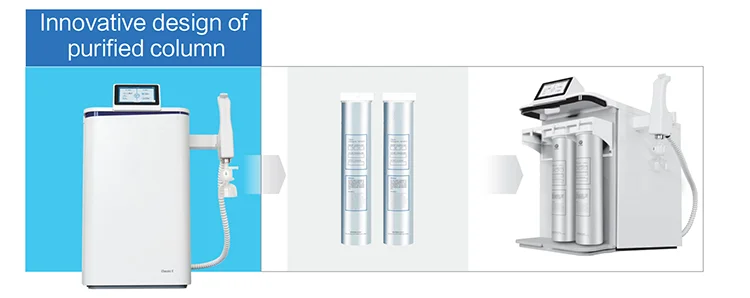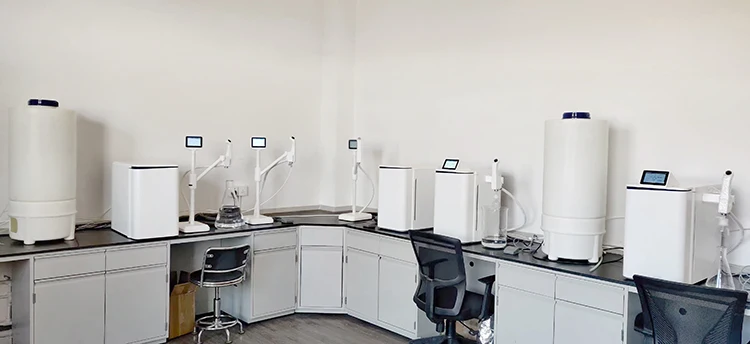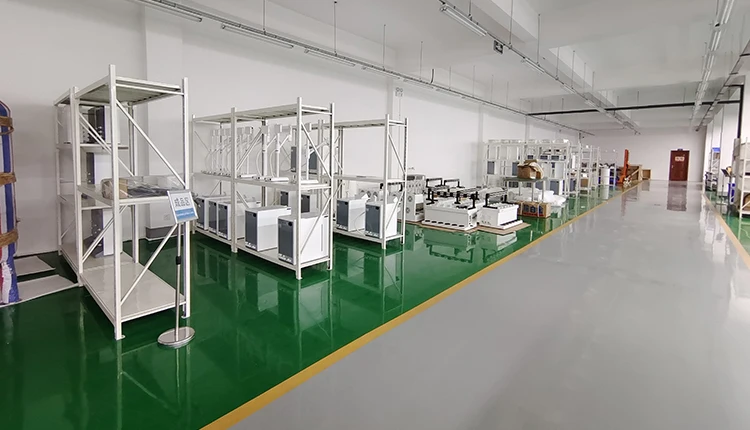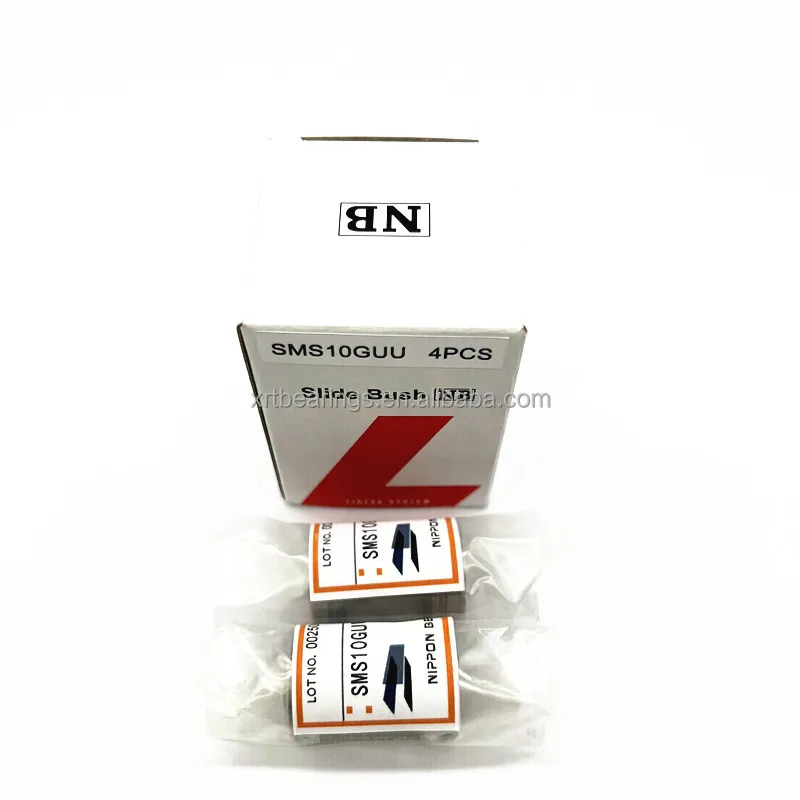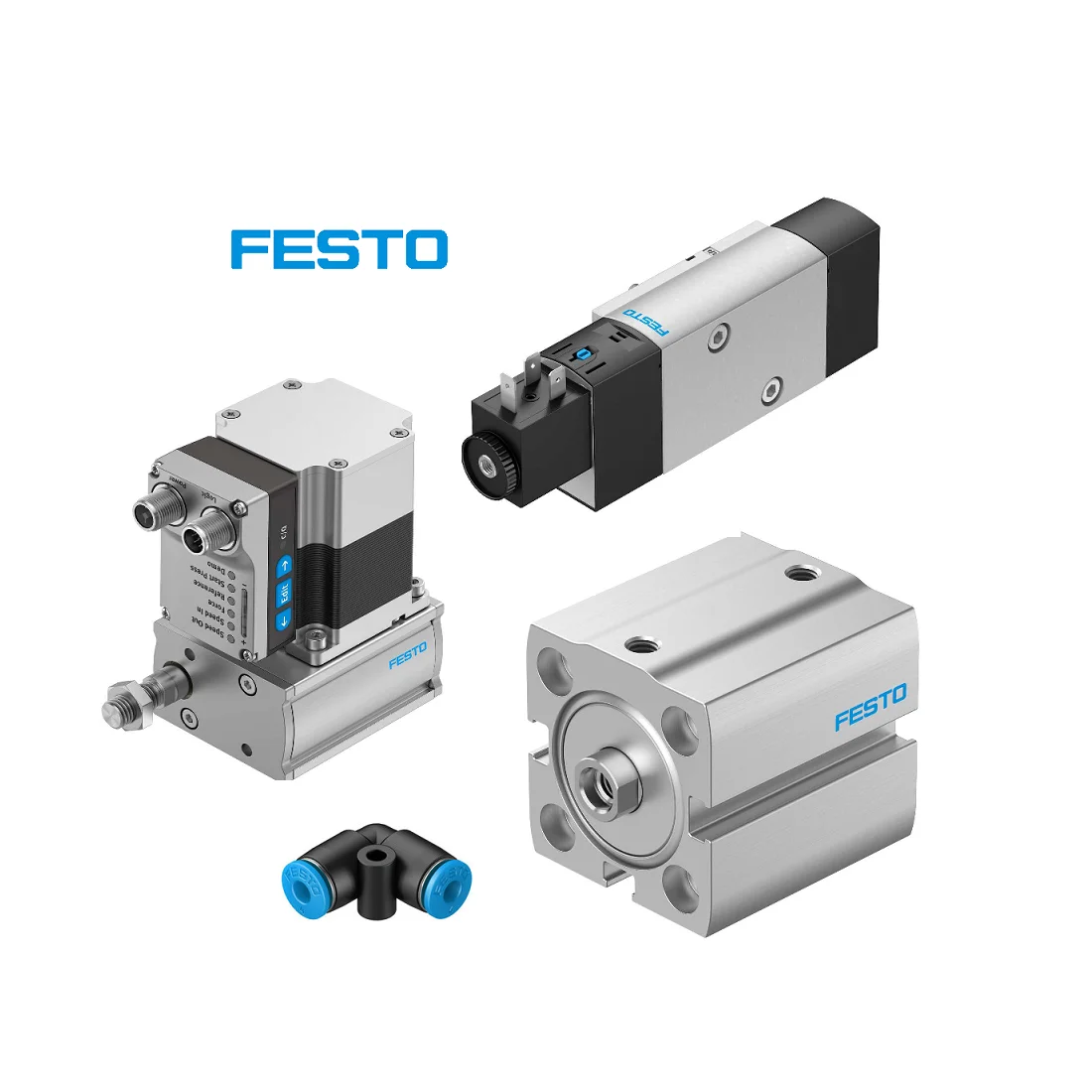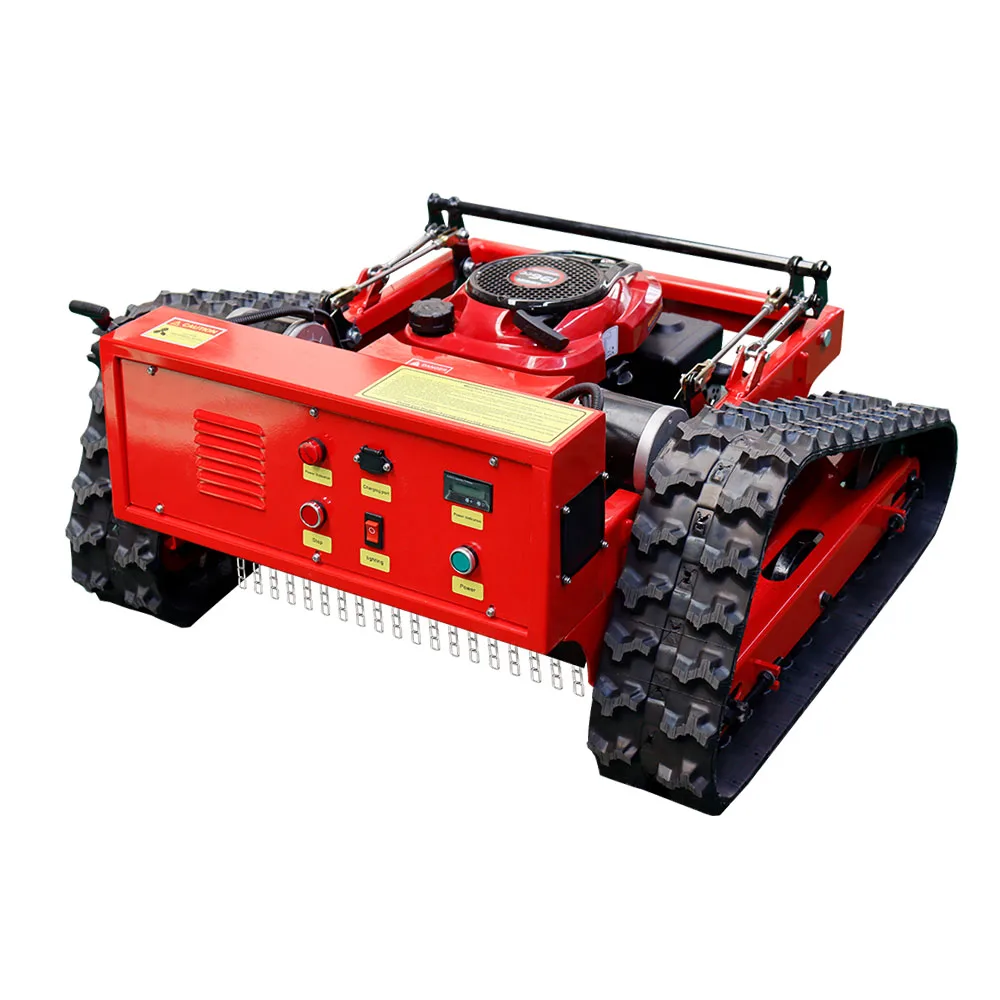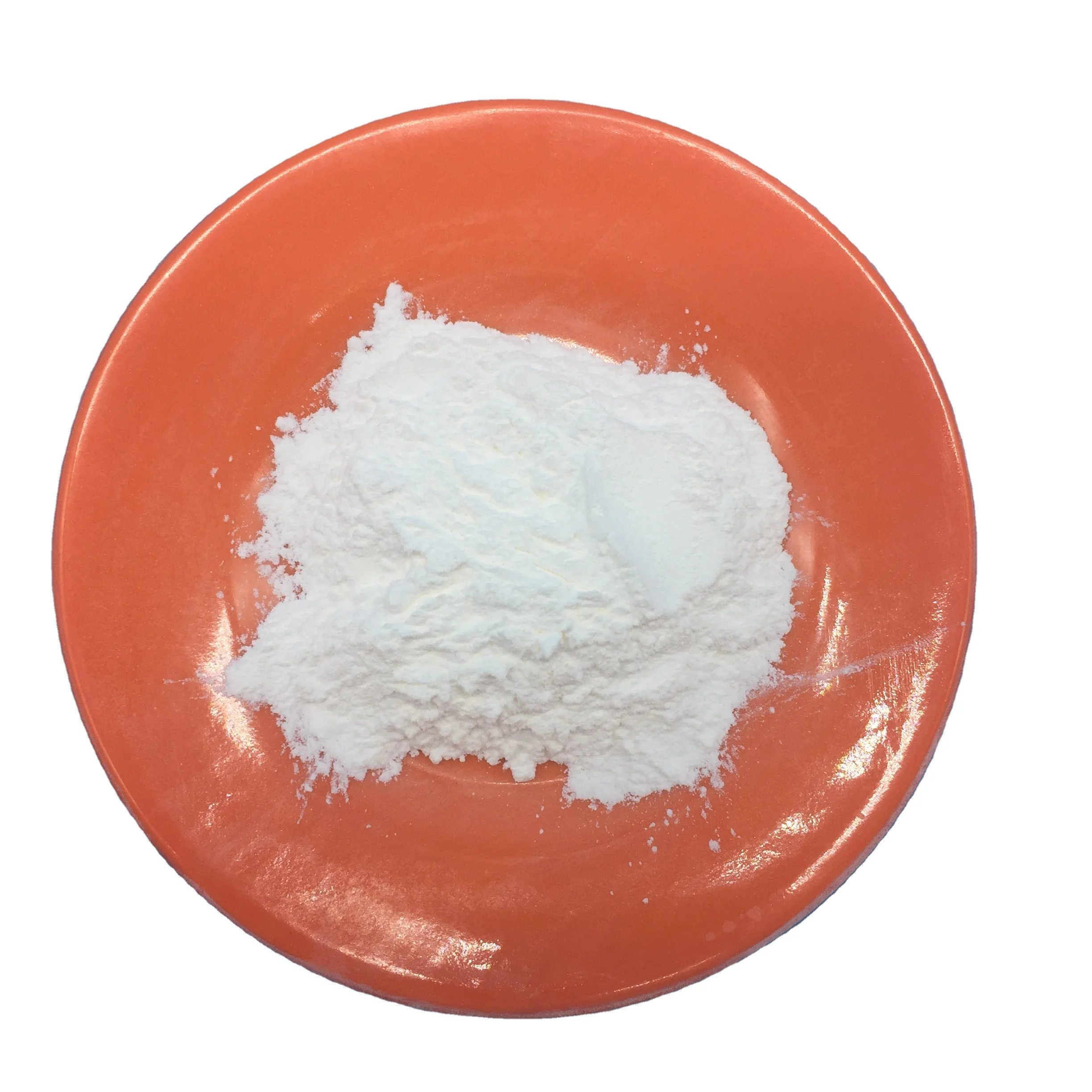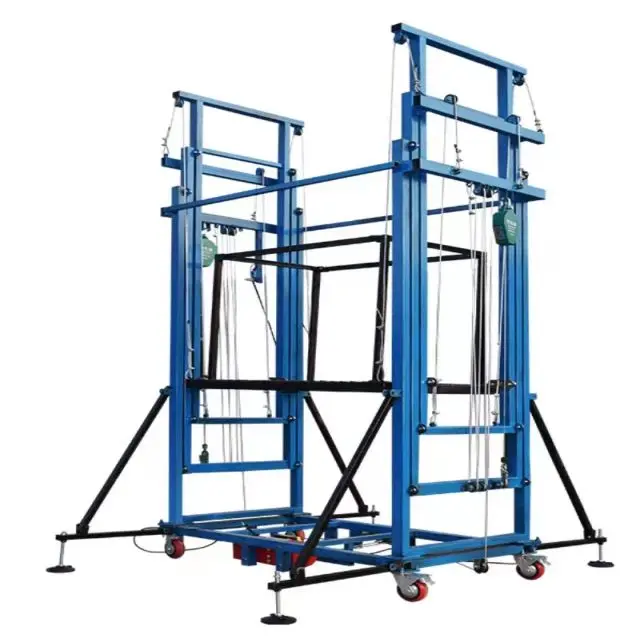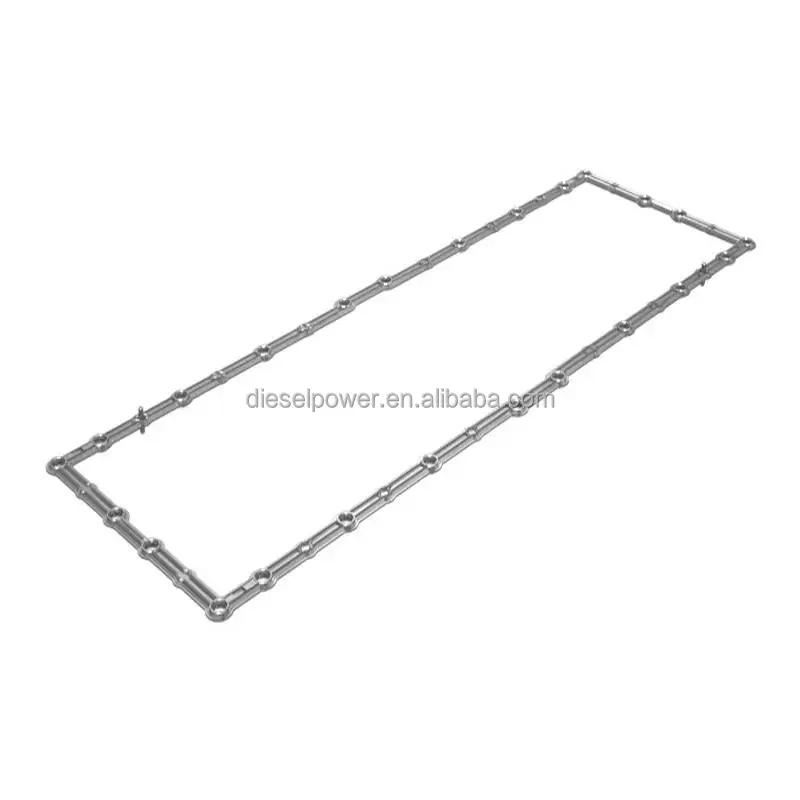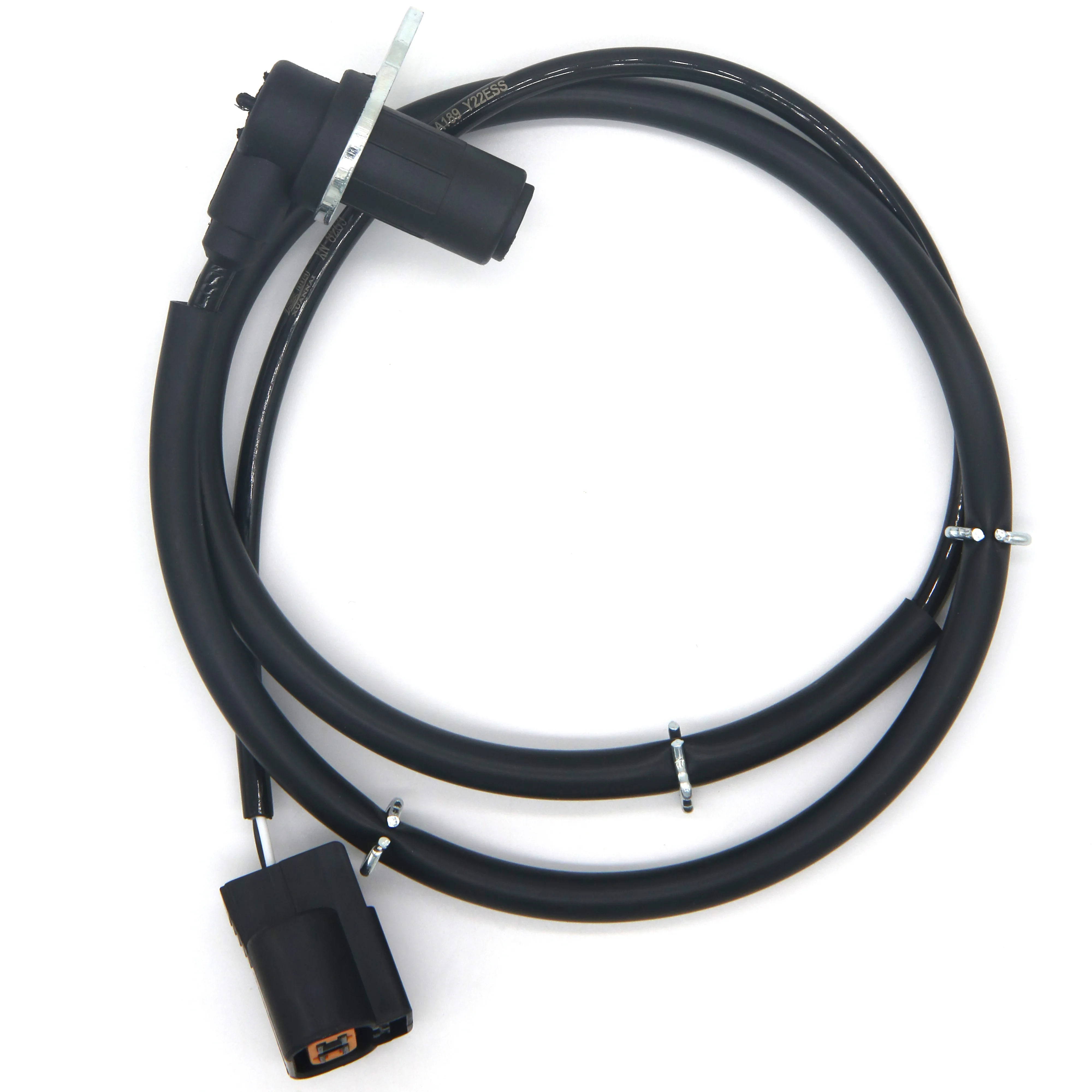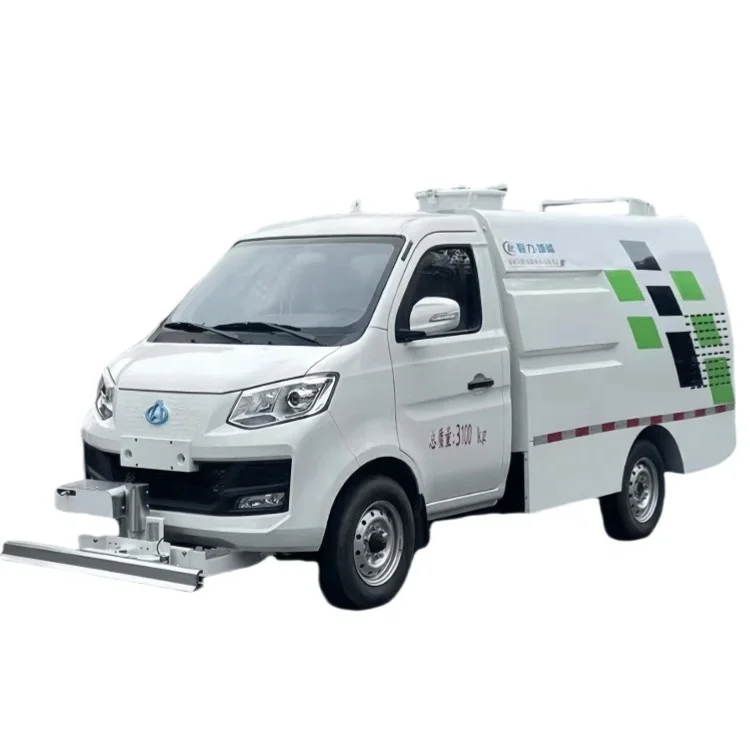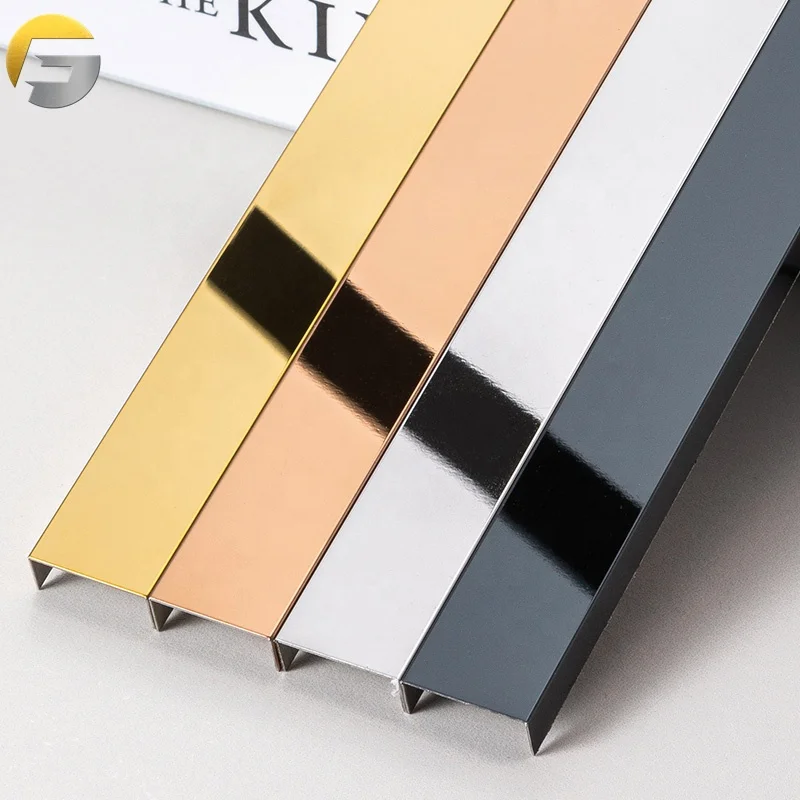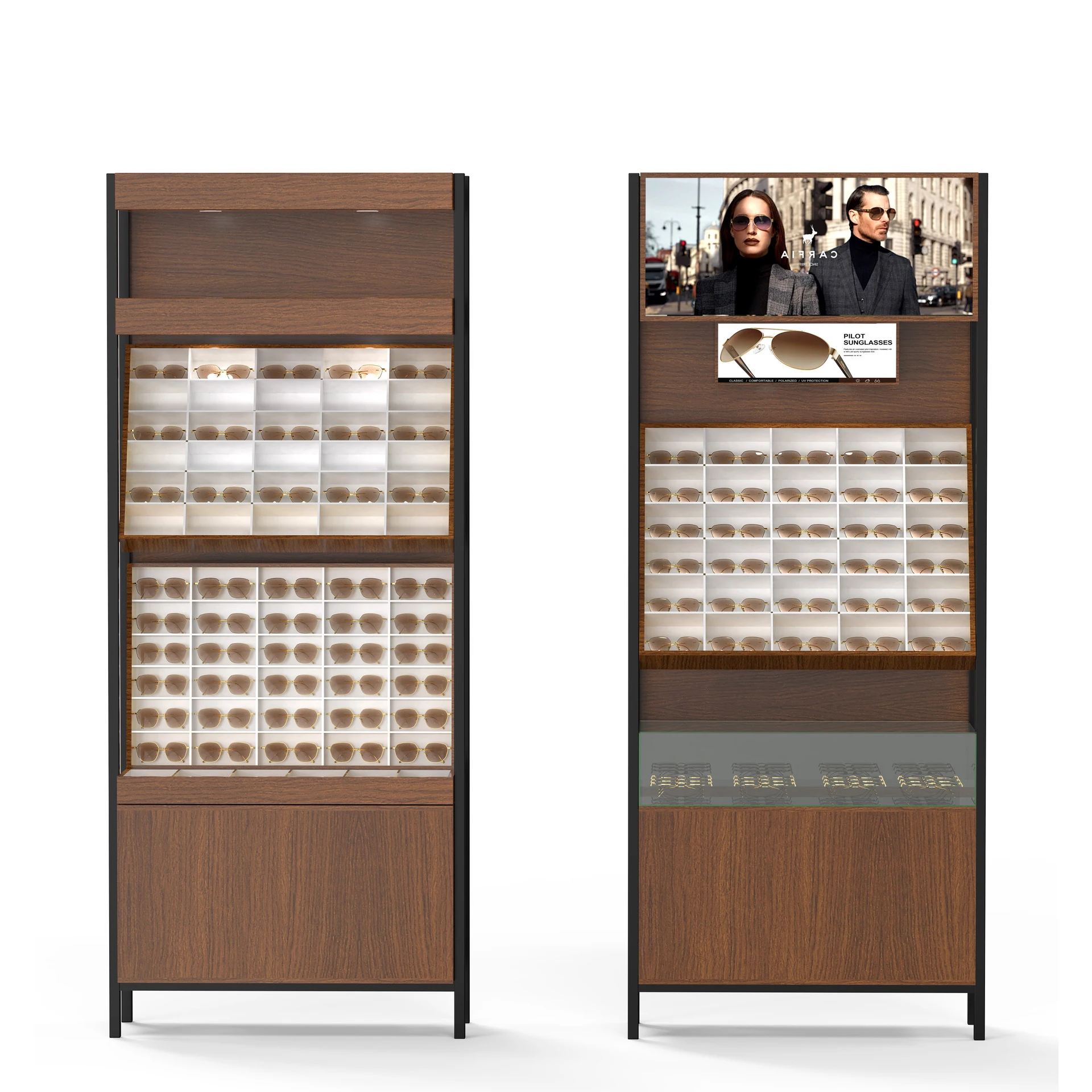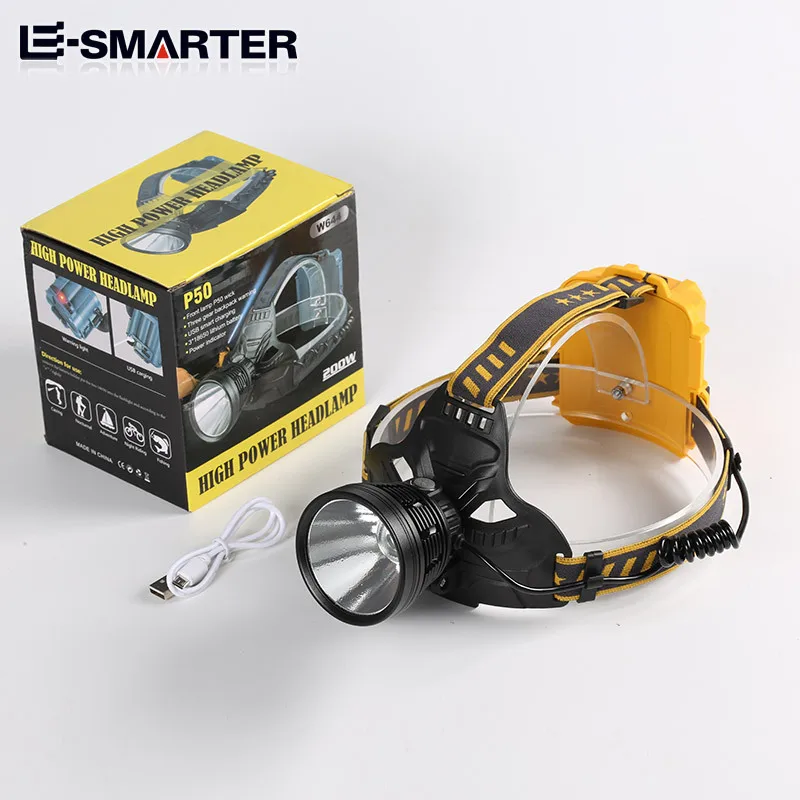2023 INNOVA Performa серии EDI модуль ультра чистой воды лабораторные инструменты для очистки
- Категория: >>>
- Поставщик: Qingdao Innova Bio-Meditech Co. Ltd.
Сохранить в закладки 1600909374621:
Описание и отзывы
Характеристики
Product Description

Pretreatment Module Host+Pure water arm 60L water bucket
Performa EU series pure water ultrapure water all-in-one machine, using tap water as feed water, can provide EDI pure water and primary ultrapure water. This machine adopts the mature double-stage reverse osmosis technology and combines the new EDI technology with the unique ion exchange purification column to consistently provide you with high quality purified water. In addition, through independent water leakage detection, electrical detection, factory pressure test, remote alarm, a variety of testing escort, high worry-free, you can rest assured that the use of equipment; at the same time, the Internet of Things control, to provide you with remote monitoring and data traceability, intelligent cloud enjoy, worry-free control.


Specification
Model | All-in-one system | Type II water | Type I water | ||||||||||
Performa EU10 | Performa EU15 | Performa EU20 | Performa E10 | Performa E15 | Performa E20 | Performa U | |||||||
Feed Water Requirement | |||||||||||||
Source | Potable Tap water | Type II water/RO | |||||||||||
Conductivity | < 2000 µS / cm | <100 µS / cm | |||||||||||
TOC | < 1ppm | < 50ppb | |||||||||||
Hardness* | < 450ppm as CaCO₃ | 0-1ppm | |||||||||||
Pressure | 0.1~0.4Mpa (7-72psi) | 0.1~0.4Mpa (7-72psi) | |||||||||||
Temperature | 5~45℃ | 5~45℃ | |||||||||||
PH | 4-10 | 6-8 / 7 | |||||||||||
Type II high purified water | |||||||||||||
Resistivity at 25℃** | 15MΩ.cm; typically 10-15MΩ.cm | N/A | |||||||||||
Conductivity at 25℃** | 0.067 µS / cm;typically 0.1 µS / cm | ||||||||||||
TOC | <30ppb(μg/L) | ||||||||||||
Particulates with size > 0.22 μ m | No particles | ||||||||||||
Endotoxin (Pyrogens)*** | < 0.001 EU/ml | ||||||||||||
Bacteria*** | <0.01 cfu/mL (<10 cfu/L) | ||||||||||||
Rnase*** | <1 pg/ml | ||||||||||||
Dnase*** | <3 pg/ml | ||||||||||||
Proteases*** | <0.15 µg/mL | ||||||||||||
RO rejection | ≥99% | ||||||||||||
EDI ion rejection | ≥99% | ||||||||||||
Production flow rate | 10L/H | 15L/H | 20L/H | 10L/H | 15L/H | 20L/H | |||||||
Manual control water flow rate | Maximum 2L/min, stepless control of flow rate | ||||||||||||
Quantitative water dispenser range | 10ml~600ml | ||||||||||||
Type I ultra purified water | |||||||||||||
Resistivity at 25℃* | 18.2MΩ.cm | N/A | 18.2MΩ.cm | ||||||||||
Conductivity at 25 ℃ | 0.055 μs/ cm | 0.055 μs/ cm | |||||||||||
TOC | ≤2ppb(μg/L) | ≤2ppb(μg/L) | |||||||||||
Particulates with size > 0.22 μ m | No particles | <1pc/mL | |||||||||||
Endotoxin (Pyrogens) | < 0.001 EU/ml | < 0.001 EU/ml | |||||||||||
Bacteria | <0.01 cfu/mL (<10 cfu/L) | <0.01 cfu/mL (<10 cfu/L) | |||||||||||
Rnase/Dnase | Free | Free | |||||||||||
Proteases | <0.15 µg/mL | <0.15 µg/mL | |||||||||||
Manual control water flow rate | Maximum 2L/min, stepless control of flow rate | Maximum 2L/min, stepless control of flow rate | |||||||||||
Quantitative water dispenser range | 10ml~600ml | 10ml~600ml | |||||||||||
Electrical requirement | |||||||||||||
Electrical voltage | 110V/220V ±10% | ||||||||||||
Electrical frequency | 50Hz/60Hz | ||||||||||||
Power | <135W | ||||||||||||
Size information | |||||||||||||
Net Weight | |||||||||||||
Pre-treatment module | 8.5kgs | N/A | |||||||||||
Main host with water dispenser arm | 32.75kgs | 33.5kgs | 34kgs | 30.75kgs | 31.5kgs | 32kgs | 26kgs | ||||||
60L Water tank weight | 12kgs | N/A | |||||||||||
External Dimension | |||||||||||||
Pre-treatment module | 566x270x280 (mm) | N/A | |||||||||||
Main host | 540x328x600 (mm) | 410x328x600(mm) | |||||||||||
Integrated water dispenser arm | 232x146 (mm) | 232x146 (mm) | |||||||||||
60L Water tank | 930x450(mm) | N/A | |||||||||||
Packing information | |||||||||||||
Gross Weight | |||||||||||||
Pre-treatment module | 9.8kgs | N/A | |||||||||||
Main host weight with water dispenser arm | 41kgs | 42.55kgs | 44kgs | 42.6kgs | 42.6kgs | 45kgs | 30.3kgs | ||||||
60L Water tank | 14kgs | ||||||||||||
Packing Dimension | |||||||||||||
Pre-treatment module | 350*360*670 (mm) | N/A | |||||||||||
Main host with water dispenser arm | 670*510*800 (mm) | 670*510*800 (mm) | |||||||||||
60L Water tank | 520*520*1020 (mm) | N/A | |||||||||||
Certifications

Company Profile
Innova Bio-Meditech is one of the leading global providers of laboratory and medical devices. Firmly committed to our mission of "sharing innovative bio-meditech solutions with the world", we are dedicated to innovation in the fields of Biology Project, Life Science.

Innova Bio-Meditech possesses a sound distribution and service network with business partners in North and Latin America, Europe,Africa and Asia-Pacific etc. We have built up a well established R&D, manufacture network with 3 centers in Beijing, Qingdao, and Shanghai. Inspired by the needs of our customers, we adopt advanced technologies and transform them into accessible innovation. This means constant effort and research, in order to more fully understand the developments of the market, produce constantly upgraded product ranges by adding new products year after year.
Exhibition&Customer Photos

*1-year warranty period.
*Training how to install the machine, training how to use the machine.
*Engineers available to service machinery overseas.
*Reliable quality and thoughtful after sale service.

Packaging & Delivery



Recommend Related Products
FAQ
Questions | Answers |
What is the capacity of water tank? | 30L/60L/100L |
Different. First of all, resistance is a very vague concept and unit. What can really determine the exact content is ICP-MS mass spectrometry detection; and the so-called 18.2 omega resistance is calculated theoretically. Theoretically, the conductivity of ultrapure water that does not contain ions is 0.055μS/cm at 25°C, and the calculated resistivity is 18.1818, because the instrument can only detect one decimal place, so we usually say 18.2; the same is 18.2 water, the real ion content in the water may be completely different, 18.2 is ppm level, but Innova pure water can reach ppb level or even ppt level; Secondly, there are organic matter, microorganisms, particles, heat source endotoxin, etc. in the water, These pollutants cannot be represented by electrical resistance, but will greatly affect organic matter and biological-related experiments. | |
Which model is suitable for IVD machine? | The ASTM Type II/CLSI water provided by INNOVA models meets the requirment of IVD equipment |
Is there any difference between the pure water and ultrapure water all-in-one machine, and the split configuration of the pure water machine and the ultrapure water machine? | The pure water and ultra-pure water all-in-one machine and the split machine have the same functions, and both use tap water as the input water source to produce both pure water and ultra-pure water; The difference is that the all-in-one machine occupies a smaller space and the purchase cost is lower; the split machine can be used in combination or separately, the consumables have a longer service life, and the quality of ultrapure water is better. |
Why should ultrapure water be used immediately and cannot be stored in a water tank like pure water? | Ultrapure water is also known as "starved water". The cleaner the water quality, the stronger the water solubility. Therefore, when the extracted water is exposed to the air, the pollutants in the air will dissolve into the water very quickly, and the longer the exposure time. , the more dissolved it will affect the results of precision experiments. |
The water leak detector cuts off the water supply at the source, can other equipment in the laboratory continue to use water? | The installation location of the water leak detector can be selected according to user needs. ①Installed at the tap above the test bench; ② Install the tap water supply pipeline under the test bench (connect the three-way in front of the solenoid valve, which does not affect the tap water supply of the test bench); ③ Install the tap water supply pipeline under the test bench (connect the tee after the solenoid valve, which can directly cut off the tap water supply of the test bench); if water leakage is detected, cut off the water supply directly to protect the safety of the entire laboratory. |
Does the water machine have requirements on the water quality of the incoming water? What should I do if the water quality of the user's incoming water exceeds the standard? | The requirements for the water quality of the incoming water are relatively loose. If the water quality exceeds the standard, the host will give an alarm. The Innova technical team will test your water quality, analyze the pollutants that cause the water quality to exceed the standard, and provide you with scientific solutions for water quality treatment, such as through Add softening device or other treatment device to meet the water quality requirements. |
How long does it take to replace conventional consumables such as pre-guard column, pre-purification column, purification column, etc.? Or how many liters of water can it handle? | The service life of the purification column is affected by the influent water source and the overall water consumption, and the general use time is 1-2 years; The pre-guard column permeate capacity is 25000L Purification column and pre-purification column permeate 15000L The data is for reference only, and it will have a great impact depending on the user's water quality, water habits and water consumption. |
How long does reverse osmosis membrane usually take? | The service life of the reverse osmosis membrane is closely related to the influent water source and water consumption; the hardness of the water and the residual chlorine in the water cause great damage to the reverse osmosis; we use double-stage reverse osmosis, and the replacement time is longer than the general one , Secondly, there is the wake-up mode of RO/EDI, which can prolong the use time of RO, and the overall replacement is expected to take 3-5 years. |
Why does Innova use dual-stage reverse osmosis? | The hardness of tap water in some areas is too high; too high water hardness will lead to excessive reverse osmosis consumption, shortened EDI life, system blockage, and poor water quality; therefore, the use of double-stage reverse osmosis can effectively reduce hardness, improve water quality, and prolong RO overall service life. |
Why use an EDI system, isn't it bad to use traditional resin? Resin is cheaper and saves me money. | The traditional resin ion exchange is scrapped after reaching saturation, requiring frequent replacement, high cost of use and not environmentally friendly, and when the resin reaches the end of its life, the water quality is also relatively poor; with the EDI method, when used properly or EDI On the premise that the quality is guaranteed, it can be used all the time without the need to replace the resin column, and the water quality of EDI can always be very stable; therefore, using resin to treat reverse osmosis water, the initial purchase cost is lower, but the resin is replaced every year The column (if the water consumption is slightly larger, the replacement will be more frequent), with 3-4 years, the daily extra maintenance cost is higher than the cost of EDI. |
Why should the pure water machine be kept on 24 hours a day? | Because once the tap water enters the water machine, the microorganisms in the water will also enter. Under normal circumstances, the water machine system of the pure water machine will set a timed cycle to ensure that bacteria do not breed inside the machine; If the shutdown time is long, the microorganisms in the system will grow in geometric multiples, and after the microorganisms die, a lot of organic matter, heat sources, etc. will be released, which will seriously pollute the water quality. |
Why should the Innova pure water machine add water leakage detection? | Because the water machine runs 24 hours a day, there are many connecting components in the water machine, and there is pressure inside the water machine, so there is a risk of water leakage; just in case, a water leakage detector is standard. |
Why does the Innova pure water machine need to add tap water pretreatment? | The hardness of tap water in some areas is too high; too high water hardness will lead to excessive reverse osmosis consumption, shortened EDI life, system blockage, and poor water quality; therefore, the use of double-stage reverse osmosis can effectively reduce hardness, improve water quality, and prolong RO overall service life. |
Is the UV light on the tank always on? | The UV lamp of the water tank is illuminated for 10min every 5h to control microorganisms; the wavelength used is 254 nm. |
Can the water tank be connected to other equipment? | Yes, there is a reserved interface at the bottom of the water tank, for example, it can be connected to the bottle washer, but an external booster pump is required; |
Is Innova water tank just for storing water? | In addition to storing pure water, the water tank is also equipped with a pressure type liquid level sensor. Through the setting of the liquid level sensor, the start and stop of the machine can be controlled. |
Is the resistance of the water in the water tank the same as the resistance displayed on the dispenser arm? | Inconsistent, the resistance displayed by the water dispenser arm is the resistivity when EDI produces water; the water storage resistance in the water tank will quickly drop to 4-5 megohms, because it will dissolve CO2 after contact with the air. |
Why is Innova's pure water dispenser equipped with a dispenser arm, and can it be dispensed directly from the water tank? | Pure water can be taken directly from the water tank; but if it is equipped with a pure water water arm, it is more convenient to take water, and the water intake speed can reach 2L/min; and the arm water outlet is equipped with a 0.22um terminal filter, which can effectively remove microorganisms; secondly When pure water is taken from the arm, it will pass through a 185/254nm UV lamp, and the water quality will be better. |
What is the role of dual wavelength UV lamps? | The dual-wavelength UV lamp is 185nm/254nm, of which 185nm is mainly to oxidize organic matter, which converts organic matter into CO2 and water; 254nm wavelength can crack the cell wall of bacteria and play a role in sterilization. |
Why is it recommended to configure a TOC detector? | Because the detection of the resistivity of ultrapure water can only represent the ion content in the water, but not the content of organic matter; if the user has low requirements for the content of organic matter, without the help of the TOC analyzer, then the user's experimental results are not guaranteed. , the experimental data is out of control. |
Why is TOC detector more accurate than TOC indicator? | TOC detection needs to fully oxidize the organic matter, and then detect the content of CO2 in the water to obtain the TOC data in the water; but some organic matter is difficult to oxidize, and the oxidation process may take several minutes, so the TOC detector is equipped with an independent oxidation The cell, closed and oxidized for 3 minutes, the data will be accurate and can be calibrated. |
Похожие товары
Япония NB линейный скользящий втулка шариковый подшипник SMS30 SMS30G SMS30GUU
10,00 $
Новый и оригинальный в наличии для FESTO- MFH-3-1/4-TT40-SA 548200
Сельскохозяйственная техника, миниатюрная гусеничная электрическая домашняя газонокосилка HT550 для продажи
561,00 $ - 1 178,00 $
Сополимер винилового хлорида и винилового изобутилового эфира CMP15
2 м/3 м/4 м/5 м/6 м регулируемый портативный Электрический эшафот с дистанционным управлением подъемная платформа лифт электрические подъемные леса
Запасные части для дизельного двигателя, прокладка масляной сковороды подходит для CATERPILLAR C15 168-5248 1685248
30,00 $ - 50,00 $
Автомобильные детали ABS Датчик скорости колеса для: MR407268 MR407269 MR407270 MR407271 Mitsubishi Pajero
Новые поступления
Новинки товаров от производителей по оптовым ценам
Changan 4*2 Электрический небольшой моющий грузовик высокого давления для продажи от производителя
3 890-4 890 $
45-тонный экологически чистый контейнерный штабелер SANY SRSC45C30 ISO сертифицированный кран
35 700-53 550 $
CL0126 304 U-образная металлическая плитка внутренняя отделка для плитки из нержавеющей стали Декоративная полоса
0,68-2,88 $
Черная Светоотражающая зимняя рабочая одежда для работы на открытом воздухе Улучшенная видимость и комфорт безопасности спецодежда
10,60-15 $
Костюм для выступлений
Оптическая полка для очков футляр
26,82-51,43 $
Оптовая Продажа 1000 Люмен USB Cob перезаряжаемые светодиодные фары красный свет безопасности для бега кемпинга водонепроницаемый Солнечный литий ионный
Производитель больничной униформы наборы и халаты удобные стильные для врачей персонала
8,49-9,99 $
